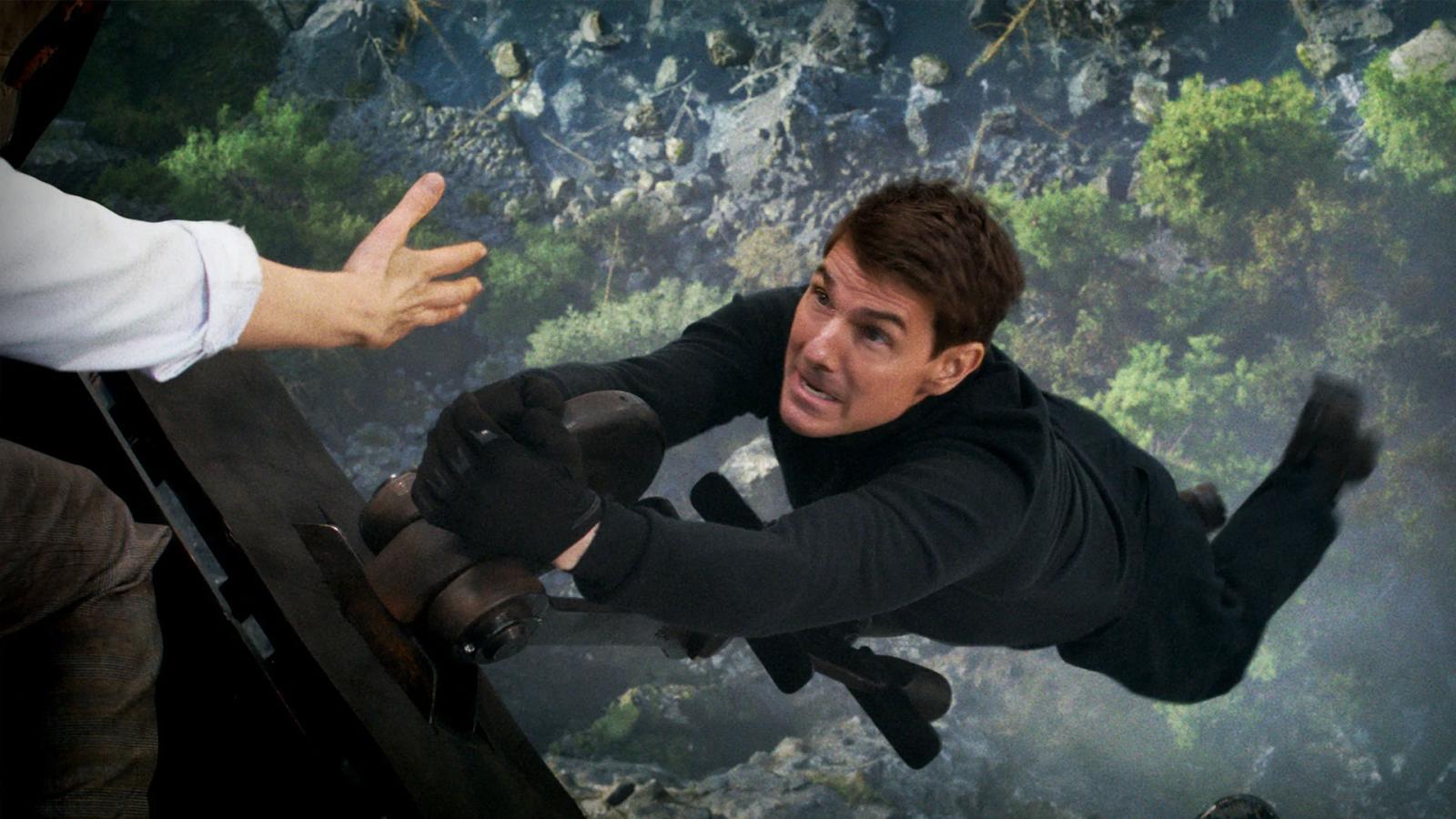A Simple Reason Why Mission: Impossible – Dead Reckoning Flopped at the Box Office

There was no lack of hype for Mission: Impossible – Dead Reckoning Part One.
This was the film that saw Tom Cruise back in action, directed once again by his trusted collaborator Christopher McQuarrie. Critical reception? Strong. Audience reviews? Largely positive. And yet, when the dust settled, Dead Reckoning was branded a flop — a label the franchise hadn't worn since Mission: Impossible III.
So what went wrong? Turns out, there was one simple, brutal reason behind its box office faceplant: the budget.
The Budget That Sank the Mission
Paramount spent an eye-watering $290 to $400 million on Dead Reckoning. Exact figures vary depending on who you ask, but even conservative estimates place it among the most expensive movies ever made.

Here's what stacked the costs so high:
- A Covid-induced production shutdown that lasted months, during which Tom Cruise and McQuarrie insisted the entire crew continue to be paid. That gesture, while decent, wasn't cheap.
- Extensive global shoots and practical stunts that have become Cruise's hallmark.
- Additional reshoots to rework sequences — not uncommon, but costly at this scale.
- A marketing budget reported to be between $100 to $150 million on top.
To simply break even, Dead Reckoning needed to earn close to $800 to $900 million worldwide — an absurdly high target for any Mission: Impossible film. Even Fallout, the franchise's previous record-holder, topped out at $791 million.
Instead, the final tally looked like this:
- Domestic Box Office: $172.6 million
- International Box Office: $393 million
- Total Worldwide Gross: $565.7 million
Variety projected the film could still cost Paramount close to $100 million in losses.
Insurance Money and the Real Math

Fans on Reddit have pointed out that Paramount recouped some costs through a $71 million Covid insurance payout, effectively reducing the production budget to about $220 million. But even with that financial cushion, the math didn't paint a success story.
As one Redditor broke it down:
- "Paramount get[s] return around $236.7 million from $220 million production cost... MI profit ~16.7 million from theatrical released right now (I think it more than $25 million at the end)."
Yet this doesn't factor in marketing or the realities of ticket revenue splits, particularly:
- About 50-55% of domestic box office revenue goes back to studios.
- International markets return around 40%.
- China — a key market — only returns 25%.
Considering that, Dead Reckoning's profits from theaters alone were razor-thin, if profitable at all.
The Barbenheimer Collision

Timing was another killer. Mission: Impossible landed in theaters just one week before the Barbenheimer phenomenon — the combined cultural juggernaut of Barbie and Oppenheimer — dominated the summer box office.
As Redditor Vanish_7 put it:
"I do wish they'd released MI like... right now, with no competition whatsoever. It would've been massive."
Instead, premium formats like IMAX, which usually extend the earning potential of action films, were ripped away from Dead Reckoning after just a week to make room for Nolan's Oppenheimer.
Could It Have Done Better?
Some fans argue the studio's release strategy doomed the film. Releasing in June instead of August or September, when the strikes halted most press tours, was a calculated risk that didn't pay off.

Even Tom Cruise acknowledged the Barbenheimer wave, telling press he was excited to see both Barbie and Oppenheimer on opening night — a gracious gesture, but an implicit admission that his movie had been crowded out.
Others think there was no way around it. A Reddit user noted:
"It was a fun movie but it would've been f****d no matter when they released it."
Technically, Dead Reckoning isn't the year 2023's biggest flop — The Flash and Indiana Jones and the Dial of Destiny lost more in sheer dollar terms. Yet within its franchise, this was the weakest performing entry since Mission: Impossible III, especially when adjusted for inflation.
Dead Reckoning's failure wasn't about the film itself. It was about a bloated budget, bad timing, and a cultural moment no one could have predicted. In a world where $565 million is still "not enough," this was a mission that truly was impossible — at least on the balance sheet.